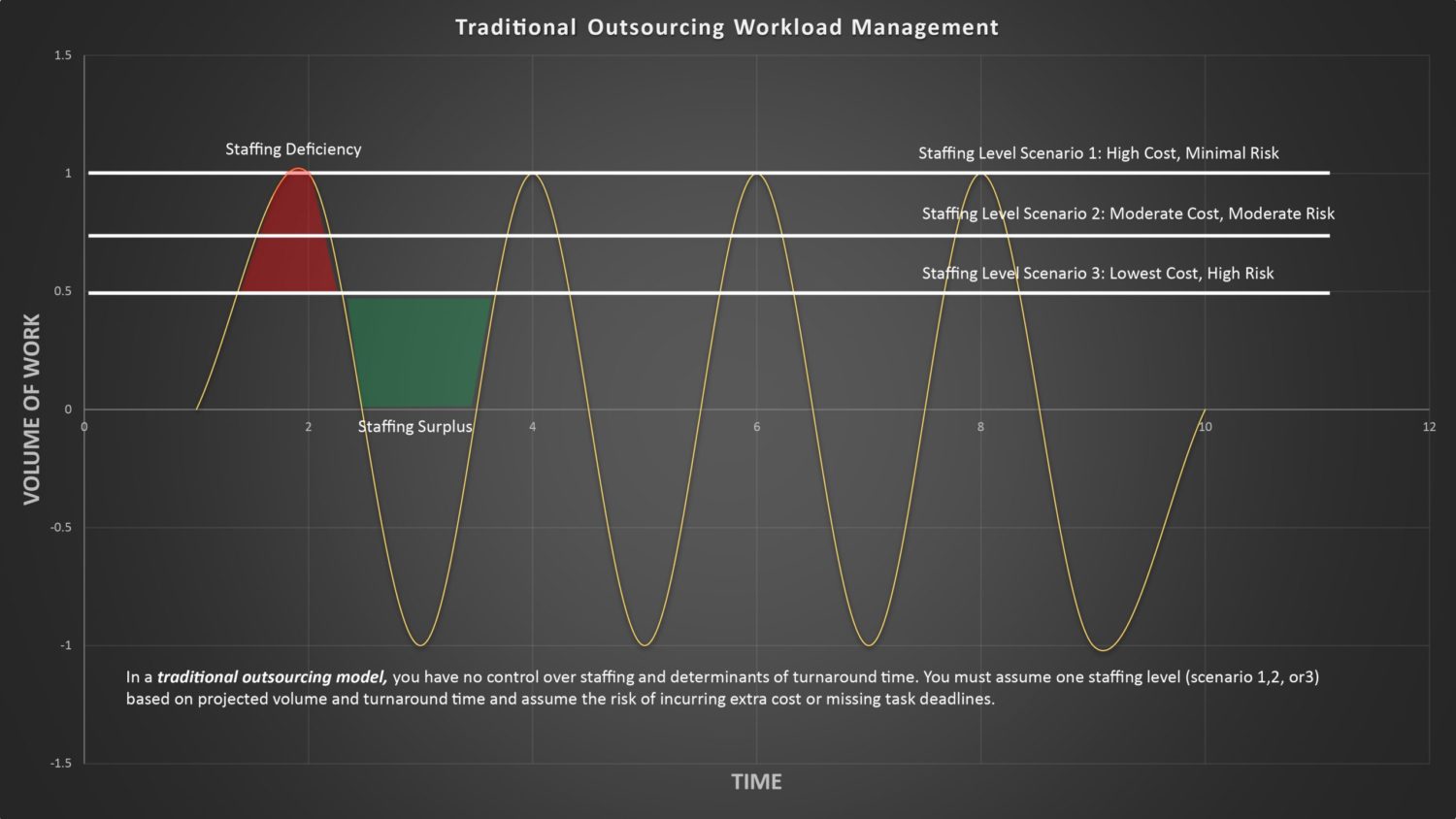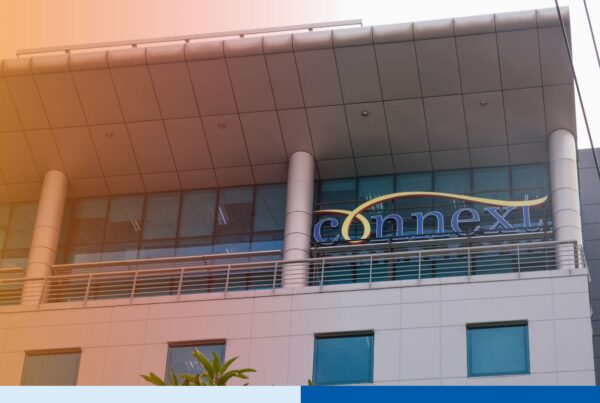The article discusses getting workload management right and choosing between the Traditional outsourcing vs. Virtual captive model .
The importance of risk management in businesses cannot be understated.
As many businesses start to look at outsourcing certain functions it is important to distinguish between traditional outsourcing and a virtual captive model and to discuss the associated risks with each.
Traditional outsourcing vs. Virtual captive model: which is better?
In a traditional outsourcing model, you are paying on a per production hour or staffing level basis with no control over staffing and determinants of turnaround time. This model may reduce your overall costs but its rigidity creates financial and operational risks.
In a virtual captive model, you have complete control over staffing requirements, processes, and turnaround metrics. This model mitigates risk by allowing the client to re-allocate resources and tasks at any time to ensure all tasks are being completed and a proper turnaround time is being achieved. This model also captures the value of growing team experience and morale.
Connext Global Solutions helps companies build custom, dedicated support teams in the Philippines. Learn more about Connext Global Solutions.









